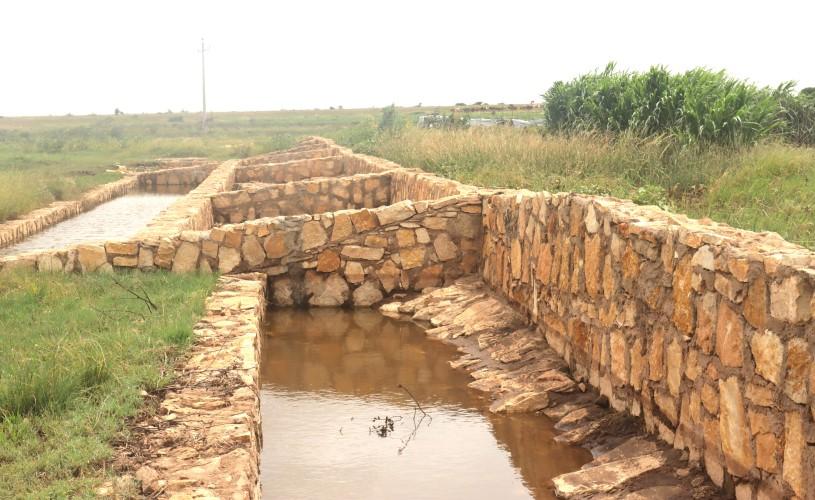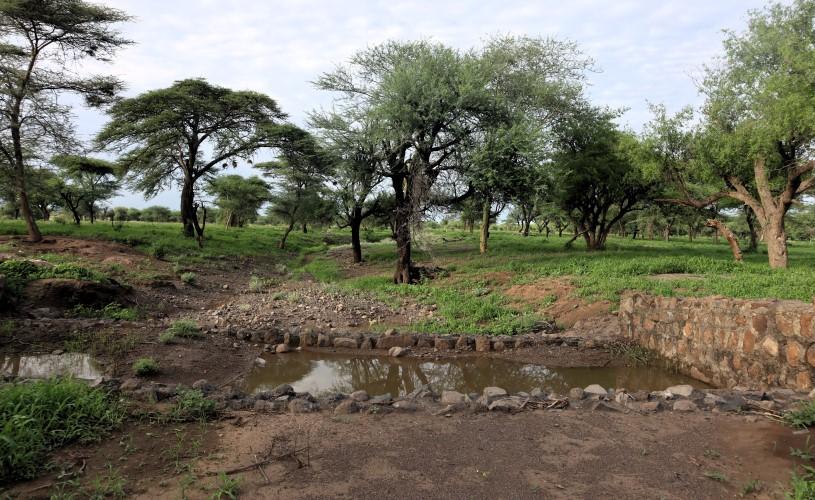Context
Over 15 million people in the arid and semi-arid lowlands of Afar, Somali, Oromia, and South Ethiopia rely on livestock farming and some crop production. However, rapid population growth and climate change increase pressure on their livelihoods. Overgrazing and extreme weather events, such as droughts and floods, drive land degradation, causing soil erosion and loss of vegetation. In addition, gulley erosion in dry valleys worsens these impacts, leading to biodiversity loss, sedimentation of water bodies, flooding, and damage to infrastructure. Together, these challenges threaten land productivity and the well-being of local communities.
Objective
The sustainable and productive management of dry valleys and adjacent land by pastoralist and agro-pastoralist communities in the Ethiopian lowlands is enhanced at the operational, institutional and technical levels.
Approach
The project supports Ethiopian partners through several measures. It:
* Improves institutional, technical, and operational capacities for eco-friendly and productive management of dry valleys and adjacent land;
* Applies the Dry Valley Rehabilitation and Productive Use (DVRPU) approach, introducing new technologies and involving local communities in planning and implementation;
* Refines management models of the DVRPU approach so partner institutions can apply them independently.
Measures in the Somali Region are co-financed by the Swiss Agency for Development and Cooperation (SDC), with an additional focus on internally displaced persons (IDPs) and promoting gender equality.

